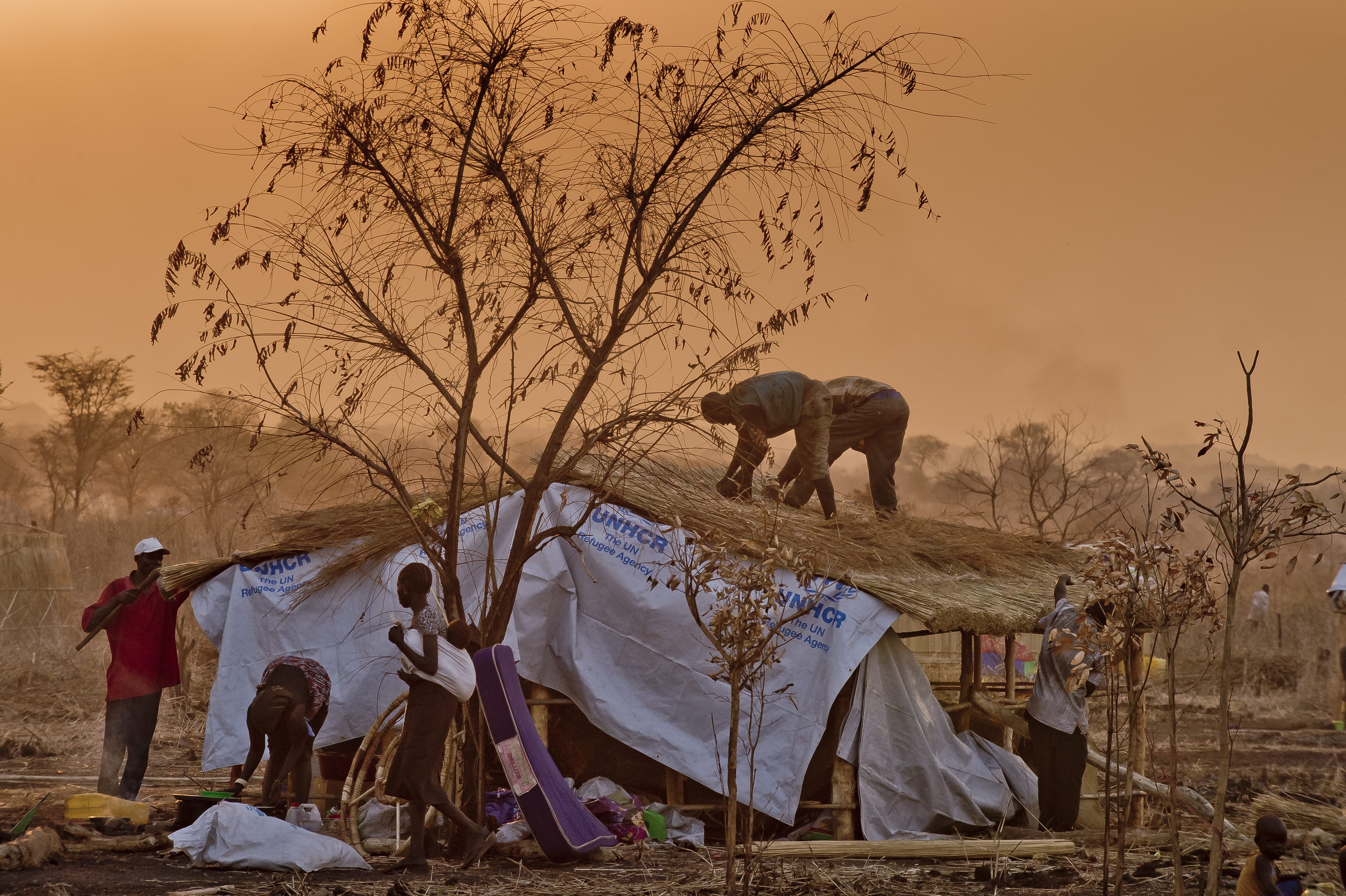Shelter
In urban areas, many refugees share accommodation or live in non-functional public buildings, collective centres, slums and informal types of settlements. Conditions are often substandard and providing shelter poses major challenges. In rural settings, delivering protection and humanitarian assistance through refugee camps is common.
Over 2.6 million refugees currently live in camps worldwide and have been displaced for over five years, some for over a generation. While camps can be practical, particularly during emergencies, encampment results in a range of problems, including aid dependency and isolation.
On cold nights or hot afternoons, our help can be the difference between life and death.
As well as distributing tents from our three centres in Dubai, Copenhagen and Durban, UNHCR also provides materials such as plastic sheeting and matting that can be used to make a simple shelter. Additionally, in more protracted situations, we fund the rehabilitation of communal shelters or construction of new homes, and provide the displaced with the materials they need to build a home themselves under self-help schemes.
UNHCR co-leads the Global Shelter Cluster with the International Federation of the Red Cross and Red Crescent Societies (IFRC). While the IFRC leads in natural disaster situations, we lead the team in conflict-generated displacement. Together, we are helping entire generations home.

